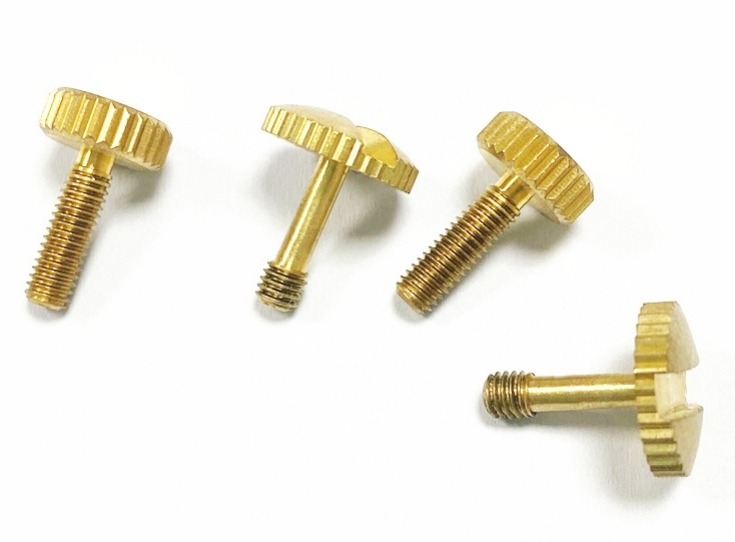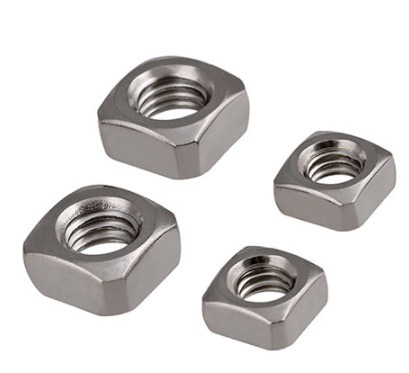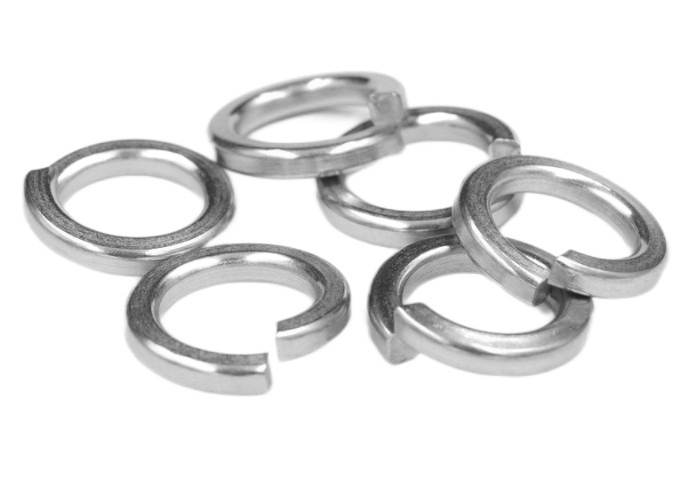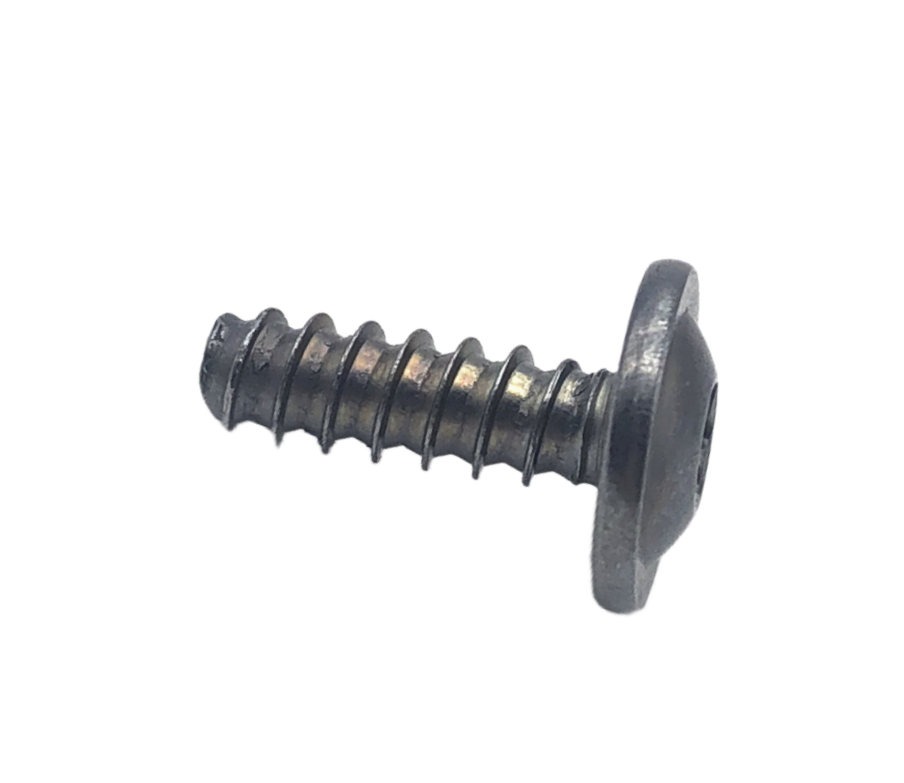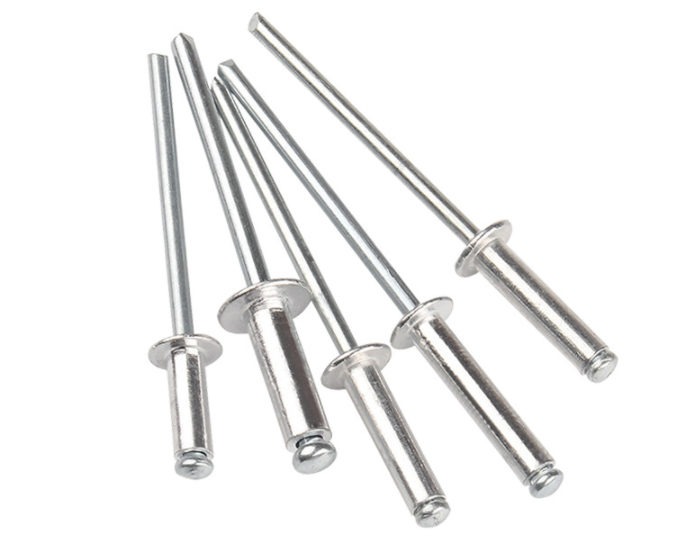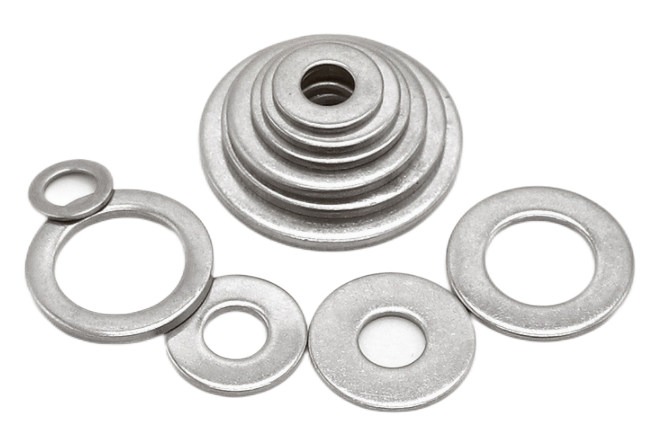What is the Difference Between Electrophoresis and Electroplating
Electrophoresis and electroplating are surface treatments, widely used in the fastener manufacturing industry. So, what is the difference between the two surface treatments?
What is Electrophoresis?
Electrophoretic coating is a coating method that uses an external electric field to make particles such as pigments and resins suspended in the electrophoretic solution migrate in a direction and deposit them on the surface of one of the electrodes.
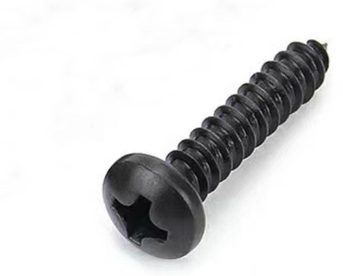
What is the Principle of Electrophoresis?
The principle of electrophoresis is: under the action of the applied voltage, the electrophoretic paint is at the cathode and anode, and the charged paint ions move to the cathode and interact with the alkaline substance generated on the cathode surface to form insoluble matter, which is deposited on the surface of the workpiece.
The electrophoretic coating generally has at least four effects electrophoresis, electrodeposition, electrolysis, and electroosmosis.
What Are the Characteristics of Electrophoresis?
Electrophoretic paint film coating is uniform and smooth. The electrophoretic paint film outperforms other coating methods in terms of hardness, adhesion, corrosion resistance, impact performance, and penetration performance.
Advantage:
1. Use water-soluble paint. Using water as the dissolving medium saves a lot of organic solvents, reduces air pollution and environmental hazards, is safe and hygienic, and avoids the hidden danger of fire.
2. The coating efficiency is high and the coating loss is small. The utilization rate of coatings can reach 90% to 95%.
3. The coating film has strong adhesion, uniform thickness, and good coating quality. A uniform and smooth paint film can be obtained on all parts of the workpiece, such as inner layers and depressions.
4. High production efficiency and automatic continuous production can be realized.
Shortcoming:
1. Wastewater treatment is necessary, the equipment is complicated, expensive to invest in, consumes a lot of electricity, requires a high temperature for drying and curing, is difficult to manage for paint and coating, and has strict construction conditions requirements.
2. Only water-soluble paints should be used, and the color should not be changed during the painting process. If the paint is stored for a long time, the stability is not easy to control.
What is Electroplating?
Electroplating is the process of plating a thin layer of metal film on certain metal surfaces using the principle of electrolysis.
The workpiece to be electroplated serves as the cathode during the process, with the plated metal or other insoluble material acting as the anode. Moreover, in order to keep the concentration of metal cations in the plating layer unchanged, it is necessary to use a solution containing metal cations in the plating layer as the electroplating solution. During the electroplating process, the cations of the coating metal are reduced on the surface of the workpiece to be plated to form a metal film coating.
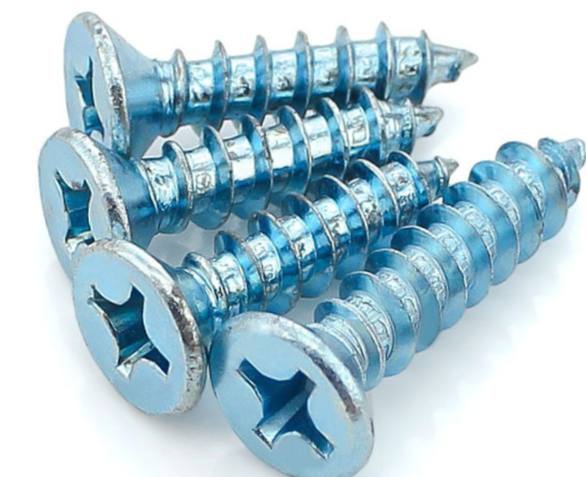
What is the Difference Between Electrophoresis and Electroplating?
Both electrophoresis and electroplating use direct current. The purpose is to prevent corrosion and protect and beautify the metal surface.
The most fundamental difference between the two is that electrophoresis is to “coat” a layer of organic paint on the surface of the workpiece, while electroplating is to coat a layer of metal or alloy on the surface of the workpiece.
1. There is a difference in the film coverage.
Compared with the electroplating process, the electrophoresis process has more advantages in paint film coverage. The electrophoretic coating can completely cover hidden places, such as inner walls and depressions, while electroplating generally cannot deepen hidden places.
2. The cost is different.
Electroplating is a coating of metal, while electrophoresis is a coating of resin. Electrophoresis is simpler and easier to operate than electroplating. Therefore, electrophoresis is much cheaper than electroplating in terms of cost budget.
3. Different degrees of environmental protection.
Electrophoretic paint uses water as a solvent, with less waste and less environmental pollution. The electroplating wastewater contains heavy metal ions such as chromium, cadmium, nickel, silver, and cyanide, which are prone to environmental pollution.
The difference between electroplating and electrophoresis was briefly introduced above, but in general, the two are fundamentally different. Electroplating is coating a metal film, while electrophoresis is coating a layer of pigment or resin.
As a professional manufacturer of fasteners and springs, KENENG is proficient in using a variety of processes, including CNC machining, metal stamping, and injection molding. Of course, it can also carry out various surface treatments on the finished product and can have high-quality products and competitive prices on the basis of meeting customer needs. If you have related needs, please contact us.

